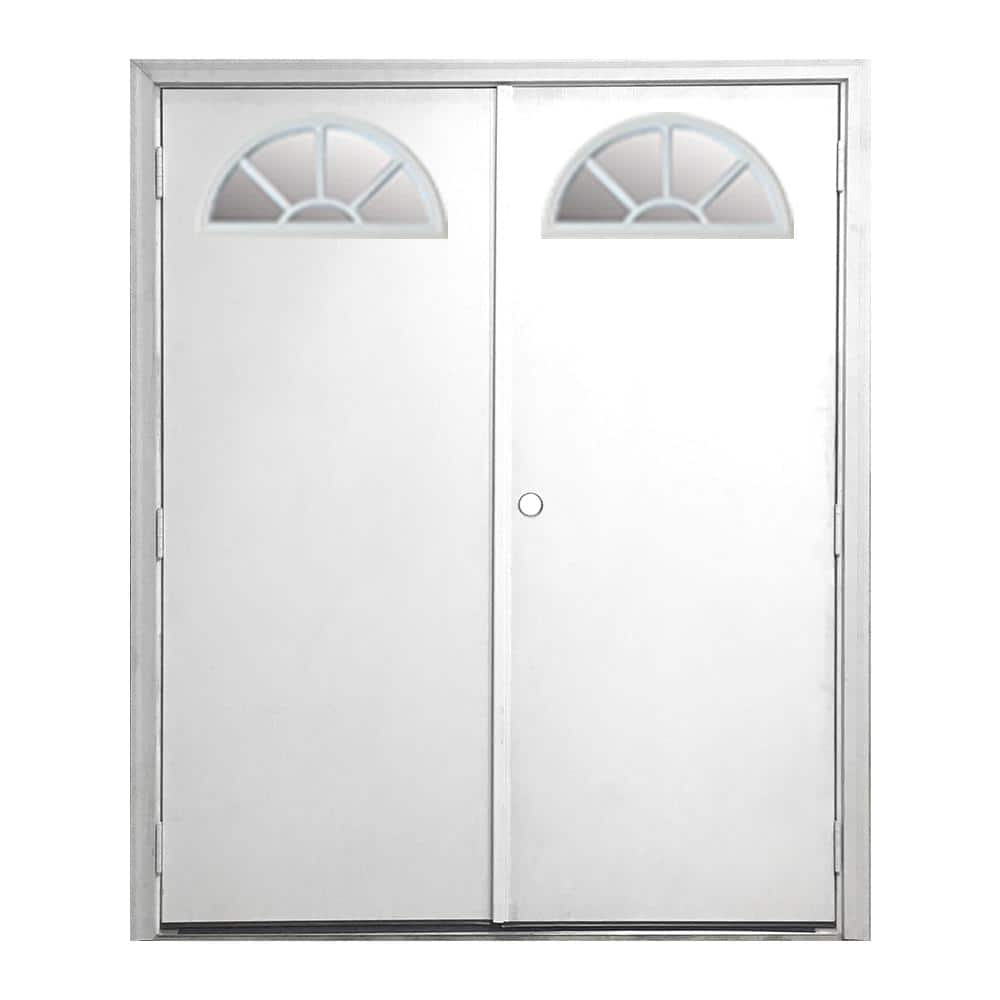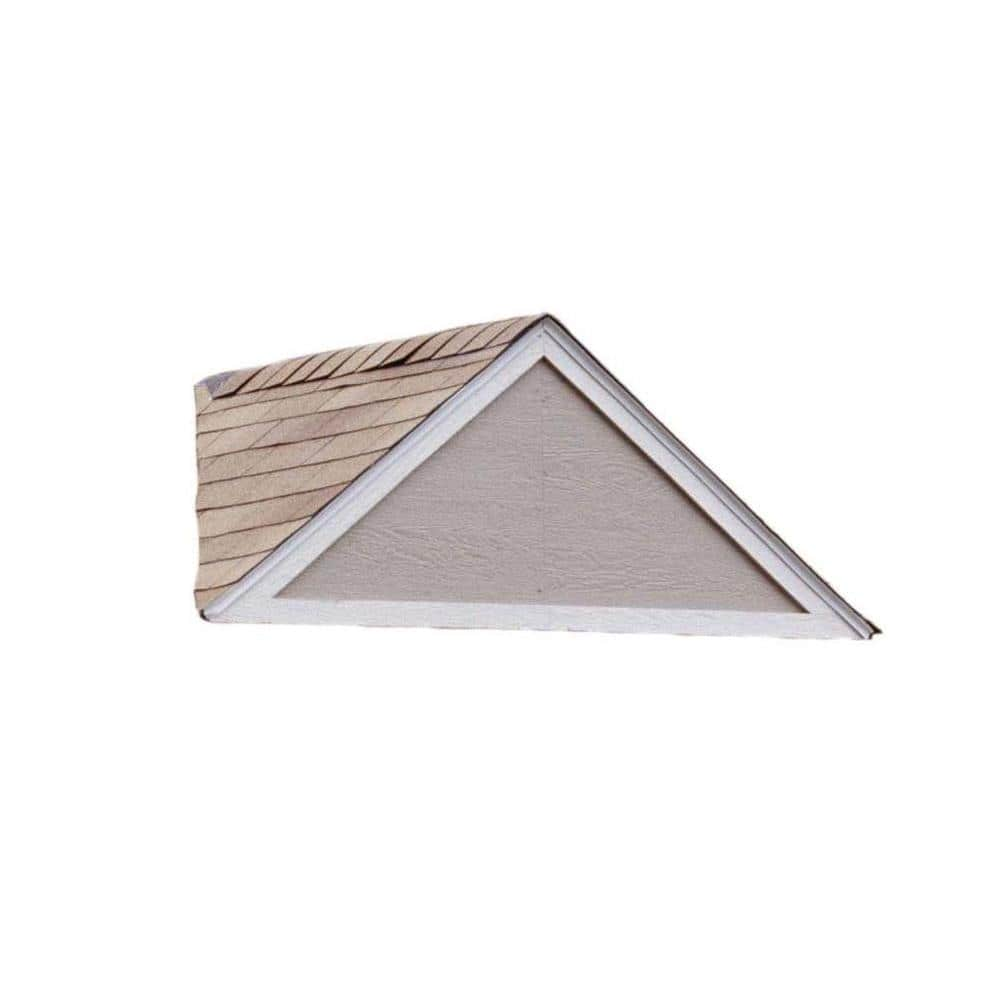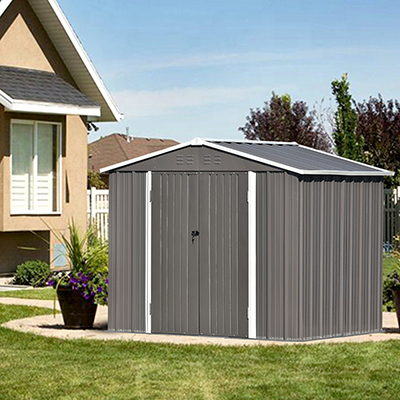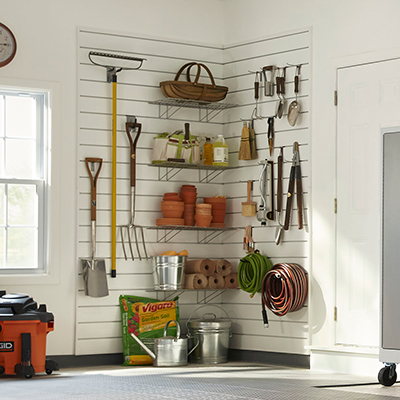Best Outdoor Storage Sheds

Last updated May 21, 2024
Sheds make great outdoor storage buildings that free up valuable space in your garage, basement and attic. The best sheds for storage will be durable, spacious and have built-in organization. Some types of sheds can double as both storage and workspaces. Sheds are great if you need space to hold gardening tools. Or if you need a workshop with plenty of storage shelves. Use this guide to determine the right size, materials and features and find the best outdoor storage sheds for you.
Table of Contents
Things to Consider
Types of Outdoor Storage Sheds
Shed Sizes
Metal Sheds
Wood Sheds
Plastic Sheds
Things to Consider

While you plan for your new shed, consider the following:
- Available yard space: Make sure you have the appropriate amount of space in your yard for the size shed you want. Keep required property setbacks in mind when you plan the location of your shed. Additionally, sheds should be on level ground and never placed in a low-lying area where runoff water collects. This may damage its foundation.
- The style of shed:
Keep your home style in mind when choosing the style of shed, so your whole property has a cohesive look. Try matching certain features of your shed with your home, such as the type of door or windows. - Landscaping: Blend a shed into your existing landscape by surrounding it with garden beds or building vine trellises against its walls. However, plan to construct your shed away from dense trees and overgrowth, since falling debris can damage the shed’s roof and too little airflow and sunlight can promote mold growth in wooden sheds.
- Your climate and environment: If you live in an area that gets heavy rain, make sure your shed has an elevated foundation that drains well. If you live in an area that has extreme temperatures, consider insulating your shed to protect both it and what it’s storing during every season.
- If you plan to build a shed yourself, do you want to build one from scratch or from a shed kit? A shed kit may require more upfront investment for the raw materials needed to build your own shed. However, the kits are beginner-friendly and can save you time and labor.
Tip: Check your local building ordinances and HOA rules. Depending on the size of the shed you want to build, you may need to get a building permit first. Your neighborhood HOA may have even more specific rules for outdoor storage buildings.
Types of Outdoor Storage Sheds

The best outdoor storage sheds are made of several materials including wood, metal, plastic and vinyl. Each material type has its own benefits and features. When selecting a storage shed for your outdoor space, consider the size of the area you have available and what type of materials can best fit your needs. Choose between types of sheds based on how you plan to use your shed.
- Garden sheds
refer to any type of shed designed to store
gardening supplies such as seeds, soil, rakes,
pots, shovels, hoses and
standard lawn mowers. Some larger garden sheds may have an entrance ramp and be able to store a riding lawn mower. - Tool sheds
are smaller sheds designed to organize and store power tools and other hand tools. Typically, they’re not as spacious as other types of sheds and aren’t intended as workshops. - Corner sheds
are a type of tool shed or garden shed made to fit into the corner of your yard. This design works well with fenced-in yards. - Vertical
sheds, sometimes called outdoor storage cabinets, are small tool sheds that typically measure 5-feet tall and 4-feet wide. They are taller than they are wide or deep. - Horizontal sheds
are small tool sheds that typically measure 3-feet tall by 5-feet wide. They are wider than they are tall or deep. - Lean-to sheds are tool sheds that
have a sloped roof. They are designed to have their back wall against another building, giving the appearance of “leaning” on it.
When you need even more outdoor storage space, install a lean-to shed against another larger shed. - Insulated sheds
are any type of shed that has insulation to help control the interior temperature. An insulated shed is a good option for workshops or for when you need to store temperature-sensitive items, such as flooring or other construction materials. - Garage sheds
serve a dual purpose as a storage shed and a detached garage. - Barn sheds or farm sheds
are large sheds designed to store agricultural equipment such as tractors and animal supplies.
Shed Sizes

One of the first questions you should ask yourself when buying a shed is “what size shed do I need?”
Plan for all the items you need to store, including those that will be hung or placed on shelves, and leave extra space for future storage needs. Storage sheds typically range from small 3-feet by 7-feet DIY kits
to 18-feet by 36-feet professionally installed two-story structures.
- Small sheds measure up to 7-feet wide and 3-feet deep. They are ideal for tools, gardening supplies and small lawn equipment.
- Medium sheds measure up to 10-feet wide and 10-feet deep. They keep garden tools and larger outdoor power equipment readily accessible.
- Large sheds measure
over 101-square feet. They accommodate a wide range of storage options.
Tip: Purchase a shed with a large enough doorframe if you plan to store large equipment like a riding mower.
Metal Sheds

Metal sheds are a popular choice. Commonly sold as DIY sheds alongside plastic sheds, they are made out of rust-resistant steel or aluminum.
Pros:
- Lightweight and easy to assemble
- Pre-painted or vinyl-coated siding
- Durable and long-lasting
- Works best for extreme weather
- Resistant to bugs, rodents, rot, mildew and mold
- Low maintenance
Cons:
- Protective paint or coating can be scratched or damaged
- More upfront investment
- Assembly can be difficult
Wood Sheds

Wood sheds are the most common choices for many homes. There are pre-fab wood sheds and wood shed kits. Wood is also the most popular material to use when building a shed yourself.
Pros:
- Natural and rustic appearance
- Best storage sheds for easy assembly and customization
- Offer a large variety of siding options
- Can be painted or finished
- Durable and typically built like houses
- Good for storing items year-round
- Budget-friendly
Cons:
- Requires more maintenence
- Can mold, mildew or rot in damp climates
- Not as durable as metal
Plastic Sheds

Plastic sheds can be made from vinyl, resin or PVC. DIY sheds are also most often plastic.
Pros:
- Durable and weather-resistant
- Require the least amount of maintenance
- Never needs painting
- Resistant to bugs, rot, mildew and mold
Cons:
- Limited insulation
- Vinyl cracks and breaks over time
Best Shed Features

The best sheds for outdoor storage should have plenty of organizational features and keep accessibility in mind. Consider these features and shed accessories when reviewing the best storage sheds to get:
- Add decorative details such as window boxes, shutters, French doors and cupolas.
- Shed shelving and racks will help you keep your tools and supplies organized and easy to find. Plus, shelves will keep fertilizers, pesticides and other chemicals off the floor and away from pets and children.
- Use pegboards and hooks to hang rakes, shovels and hand tools. Heavy-duty hangers keep ladders and garden hoses off the floor.
- Add a ramp to make it easy to roll wheeled items in and out.
- Install lights so you can use your shed after dark. Wireless, solar and motion-sensor lights are available.
- Install or choose a shed kit that has windows to help with lighting and airflow.
- Double doors can ensure you have a large enough entryway for all your equipment.
Is it Better to Buy or Build a Shed?

Sometimes the best outdoor storage sheds are custom built. When adding a shed to your yard, you have the option to build a shed yourself or hire professional shed installation services. Each of these options can require different costs and time commitments.
- Buying a shed and having it professionally installed is the fastest and easiest option. This can also require the most upfront investment since you are paying for both the shed and the labor involved in building it.
- When you build a shed, you can either build it from raw materials or from a DIY shed kit. The shed kit comes with pre-cut materials and detailed installation instructions. This makes the process of building your outdoor storage sheds quicker and easier than starting from scratch. You will also need fewer tools since you won’t have to measure and make the cuts yourself.
- Building a shed from a kit is more budget friendly than getting a professional installation.
- The most budget-friendly but more labor-intensive choice is to create your own design plan, gather the raw materials and do everything yourself.
Sheds are often made of materials that can be customized to different sizes, shelving options and overall design. Narrow down all the storage shed options by determining the right size, budget and features for your needs. From there, you can decide whether a professionally installed shed or a DIY shed is the best choice for you. Once you’re ready to find the best sheds for outdoor storage, The Home Depot delivers online orders when and where you need them.

































